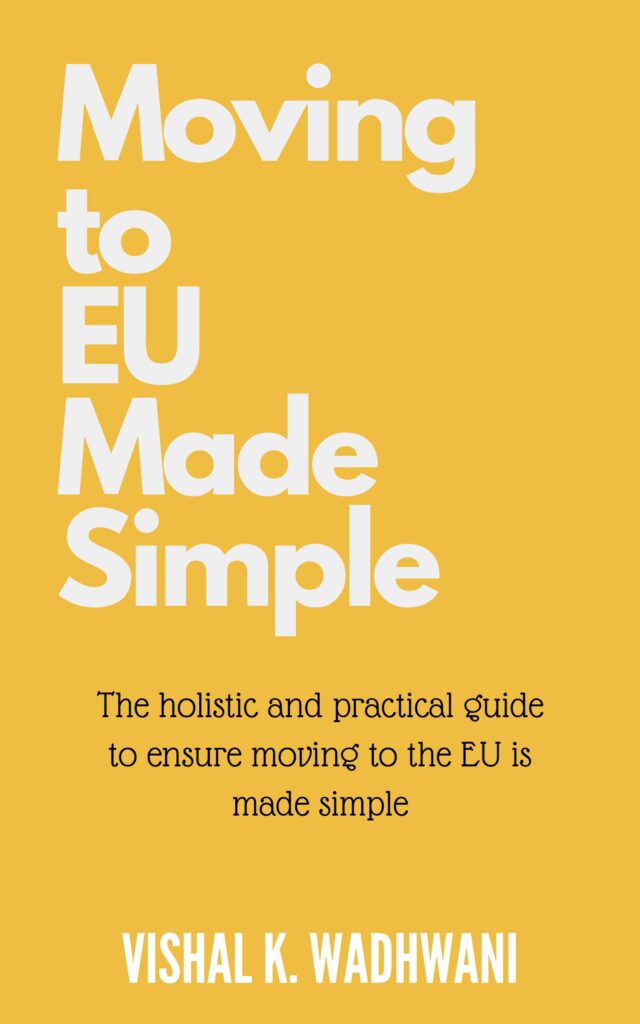Traveling Through Europe with a U.S. Passport: What You Need to Know
Exploring Europe is a dream for many travelers around the world. For U.S. passport holders, traveling through Europe offers a unique blend of history, culture, and adventure. However, before you pack your bags and set off on your European journey, it’s essential to understand the travel requirements, visa regulations, and tips for a smooth and enjoyable trip. This comprehensive guide will walk you through everything you need to know about traveling through Europe with a U.S. passport 🇺🇸✈️.
Understanding Visa Requirements for U.S. Travelers
Most European countries are part of the Schengen Area, which allows for border-free travel between 27 countries. For U.S. passport holders, traveling to the Schengen Zone for tourism or business purposes generally does not require a visa for stays up to 90 days within a 180-day period.
What is the Schengen Area?
The Schengen Area includes countries like France, Germany, Spain, Italy, and many more. It is important to note that not all European countries are part of Schengen. For example, the United Kingdom and Ireland have their own visa policies.
Visa-Free Travel for U.S. Citizens
If you plan to travel to Schengen countries for less than 90 days, you can enter visa-free using your U.S. passport. However, starting in 2024, you will need to apply for the ETIAS (European Travel Information and Authorization System) authorization before your trip.
ETIAS Authorization: What is It and How to Apply?
The ETIAS is a new electronic travel authorization system set to launch soon, aiming to enhance security within the Schengen Zone. U.S. travelers will be required to complete a simple online application before traveling.
- Application Process: The ETIAS application is quick and affordable, usually processed within minutes or a few days.
- Validity: Once approved, ETIAS authorization is valid for multiple entries over three years or until your passport expires.
- Cost: The fee is expected to be around €7, paid online during application.
Important Passport and Entry Requirements
Before traveling, ensure your passport meets the following criteria:
- Validity: Your U.S. passport should be valid for at least three months beyond your planned departure date from the Schengen Area.
- Blank Pages: Make sure your passport has at least two blank pages for entry and exit stamps.
- Return Ticket: Some countries might ask for proof of onward or return travel.
Travel Insurance and Health Considerations
While travel insurance is not mandatory for U.S. citizens visiting Europe, it is highly recommended. European healthcare can be expensive for tourists, and insurance can cover unexpected medical emergencies, trip cancellations, or lost belongings.
Additionally, check if any vaccinations are required or recommended for the countries you plan to visit. Staying up to date on routine vaccines and COVID-19 guidelines is also important.
Tips for Traveling Smoothly Through Europe with a U.S. Passport
- Carry Both Digital and Physical Copies of Your Passport: In case of theft or loss, having copies can expedite the replacement process.
- Register with the U.S. Embassy: Enrollment in the Smart Traveler Enrollment Program (STEP) helps the embassy contact you during emergencies.
- Research Country-Specific Entry Rules: Some countries may have additional requirements or restrictions.
- Plan Your Itinerary Wisely: Knowing the Schengen rules about time limits will help avoid overstaying and potential fines.
- Keep Emergency Contacts Handy: Include local emergency numbers and U.S. embassy contact info.
Exploring Beyond Schengen: UK, Ireland, and Other European Destinations
Countries like the United Kingdom and Ireland are not part of the Schengen Area and have their own entry requirements.
- United Kingdom: U.S. citizens can visit visa-free for up to 6 months but must meet entry requirements such as proof of funds and onward travel.
- Ireland: Also permits U.S. tourists visa-free for up to 90 days.
- Other Countries: Some Eastern European nations may require a visa or have different policies.
Maximizing Your European Experience
Traveling through Europe with a U.S. passport opens doors to a wealth of cultural and historical experiences. Here are some additional tips to enhance your journey:
- Use Rail Passes: Consider a Eurail pass for flexible train travel across multiple countries.
- Learn Basic Phrases: Knowing simple greetings or phrases in local languages can enrich your interactions.
- Stay Connected: Get a European SIM card or an international phone plan to stay connected.
- Respect Local Customs: Understanding cultural norms ensures a respectful and enjoyable visit.
Conclusion
Traveling through Europe with a U.S. passport is an exciting and relatively straightforward process, provided you understand the visa-free travel rules, upcoming ETIAS requirements, and other entry conditions. Planning ahead, carrying the necessary documents, and staying informed on current regulations will help you enjoy your European adventure to the fullest. 🌍✨ Safe travels!

Comments are closed